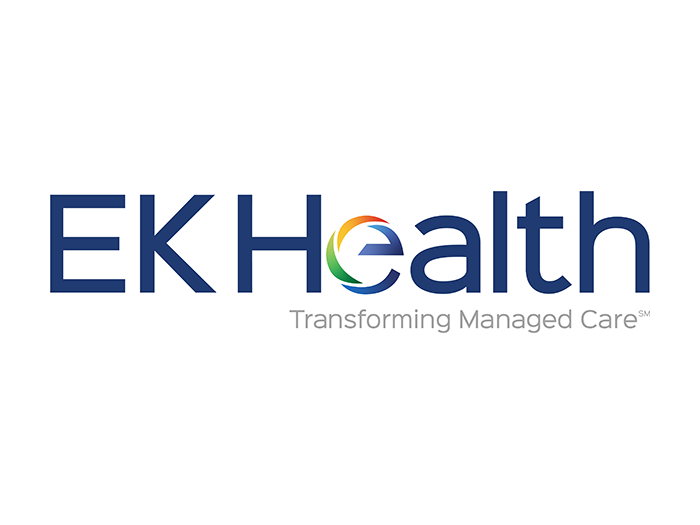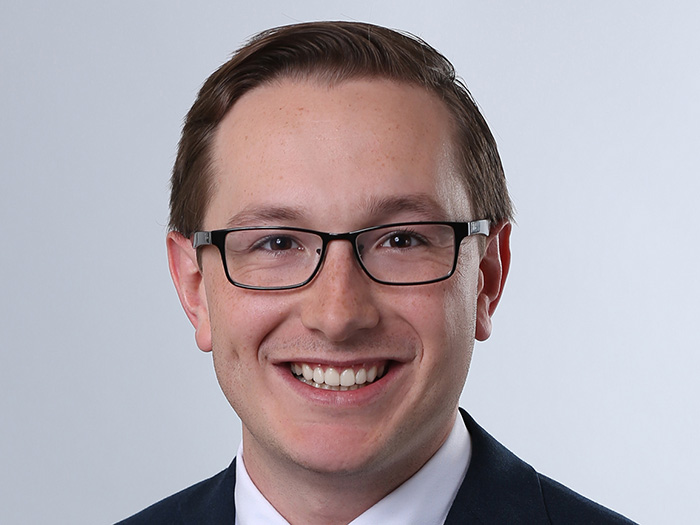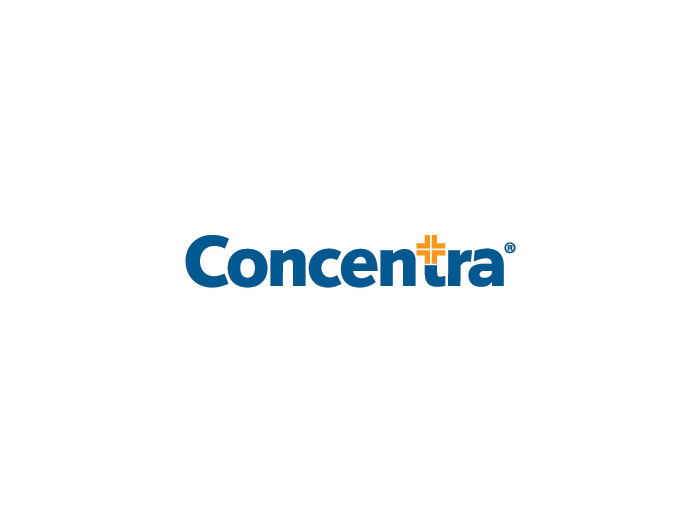D&O Pricing
Buyers’ Market for D&O

Overall, pricing for directors and officers insurance programs are down, thanks to increased carrier competition for excess lines, according to brokerage firms. But rates are higher for some sectors such as health care and life science organizations.
According to the “Aon Financial Services Group D&O Pricing Index” for the fourth quarter of 2014, the average price for $1 million in limits for Aon clients increased 10.3 percent from the third quarter of 2014, due mainly to the change in the mix of business from one quarter to the next.
Comparing the current quarter with the prior year quarter, the average price fell 12.2 percent.
For those programs that renewed in both Q4 2014 and Q4 2013, pricing fell 7.4 percent.
“We are entering a buyers’ market, as pricing is starting to come down in totality for these D&O programs,” said Brian Wanat, chief executive officer of Aon’s financial services group in New York City.
“We are entering a buyers’ market, as pricing is starting to come down in totality for these D&O programs.” — Brian Wanat, chief executive officer, Aon’s financial services group
While pricing for primary D&O policies is relatively flat, increased competition within the excess market is lowering prices, resulting in a net reduction for overall programs, Wanat said. As carriers such as Allianz SE in Munich enter the excess market, it creates a better supply environment, lowering prices.
“D&O has been profitable with no real increase in claims frequency or severity,” he said. “In many instances, only the primary layer comes into play, given dismissal rates where defense costs are contained and paid by the primary layer of D&O only, with the excess unscathed.”
Moreover, reinsurance, which has even softer prices, has been “ample and a good proposition for insurance companies,” Wanat said.
For Arthur J. Gallagher & Co., smaller private clients in particular are paying firmer prices because most only purchase primary policies and not excess policies, said Phil Norton, president of the company’s professional liability division in Chicago.
They are also getting larger percentage increases because of their mix of covered claims, including entity claim allegations such as antitrust and deceptive trade practices, which are more expensive because they are the leading cause of the higher loss ratios.
On the other hand, many larger firms are getting an overall decrease when they add excess, particularly if they are in the right industry, such as manufacturing, Norton said.
“Most manufacturers don’t have any unique risks and they tend to flow with the economy,” he said. “They don’t even have to be making extraordinary profit to be considered a very good risk – they just need to be stable.”
“When things are high, they can fall farther and if there are big stock drops, companies can pretty much count on getting D&O claims.” — Rob Yellen, executive vice president, FINEX North America, Willis
Overall, AJG’s private clients saw an 8 percent to 10 percent price increase in 2014, which has relaxed to 5 to 8 percent increases in 2015 to date, Norton said.
Brenda Shelly, Marsh’s U.S. D&O product leader in New York City, said that, while excess rates for Marsh’s public company D&O polices have been declining since their peak in the fourth quarter of 2012, primary ABC rates are firming.
However, since lower excess prices offset primary market increases, companies with good risk profiles were still able to achieve overall program decreases each year, she said.
“In the private and nonprofit spaces, we continue to see rate and retention pressure, which we expect to continue for the next few quarters due to very broad coverage and historical low rates at the same time they were experiencing serious claims for the past few years,” Shelly said.
Jeffrey R. Lattmann, executive managing director, executive liability at Beecher Carlson in New York City, said that the clients that have had flat pricing on primary have had consistently well-managed, good financials, while the clients that have seen increased premiums have had material changes in risk, adverse development in their financials and claims paid.
Smaller companies, which have employment practices liability built into their D&O policies, are facing headwinds if they operate in California, Lattmann said. “If they have any employees in California, they are experiencing higher pricing and higher retentions, as it’s the toughest state to underwrite with all of the employment litigation.”
According to Willis data, public companies have seen less upward pressure on rates, although rate increases are likely for health care companies, homeowner/condominium associations, educational institutions and nonprofit entities.
For financial institutions, Willis is seeing small decreases on primary coverage, with slightly greater savings on excess. For companies that have yet to see relief from credit crisis increases, particularly financial guarantee companies, rate decreases could be as large as 25 percent.
“In the end, I don’t think the financial crisis was as scary from a D&O insurer perspective as many expected,” said Rob Yellen, executive vice president, FINEX North America, Willis in New York City. “While we’re still seeing bankers get sued when their banks failed, the amount of claims were not nearly as bad as many thought they were going to be.”
Looking forward, Yellen said, the D&O market is “at a crossroads.”
“We’ve had a relatively stable slow-growth economy and now have a pretty high stock market at or near 52-week highs,” he said. “When things are high, they can fall farther and if there are big stock drops, companies can pretty much count on getting D&O claims.”
Those companies are also facing challenges as the Federal Reserve appears ready to raise rates at any time, and a strong dollar is making it harder for U.S. companies to make money outside the U.S., Yellen said.
Moreover, the SEC is now focused again on accounting fraud, which typically hits D&O harder than insider trading.
“So while clients may see a bit of price relief this year due to competition, D&O exposure seems to be getting worse,” he said.










